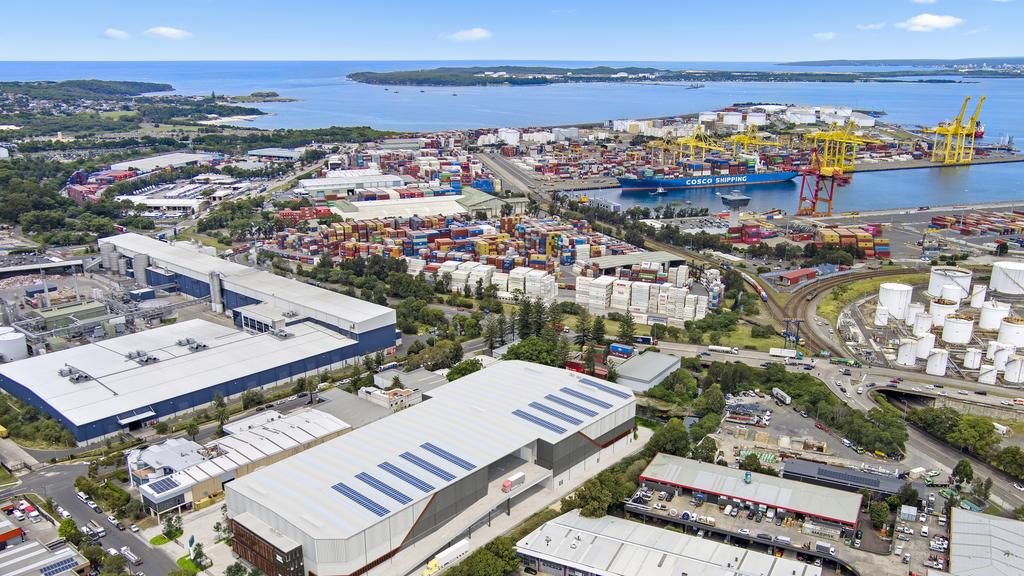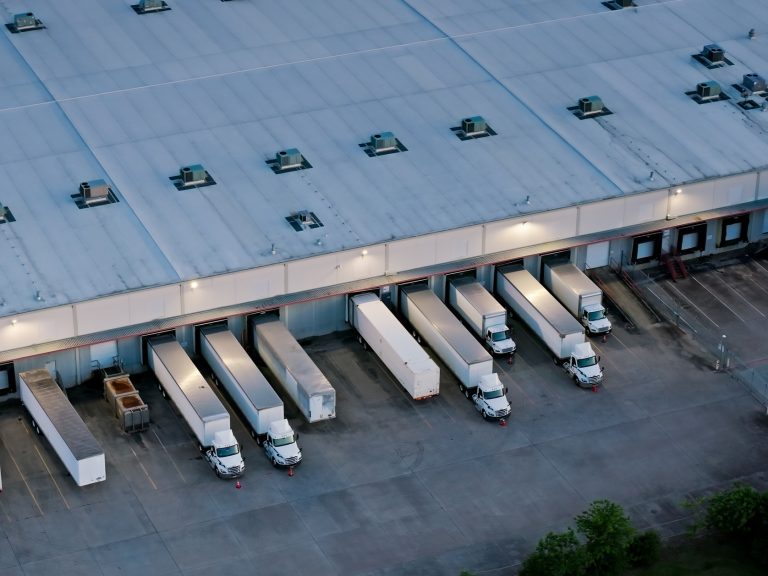Super funds to chase industrial rents

An artists impression of 42-52 Raymond Avenue.
Rising industrial rents are forecast to protect values in the sector, with prime weighted average rents expected to increase by 8.5 per cent nationally over 2024, according to a Colliers review.
Despite slightly moderating last year, the industrial occupier market is proving robust in the face of interest rate volatility, with 21.5 per cent prime weighted net face rental growth in 2023.
The leasing market is being driven by the severe lack of supply, which has underpinned a return to more sustainable growth levels. The curtailing of some projects saw supply falling from 4.85 million sq m in 2022 to 3.2 million sq m in 2023, which is expected to aid vacancy and rental levels.
“With an average national vacancy rate of one per cent, and 80 per cent of last year’s record annual national supply – 3.3 million sq m – already committed, the supply and demand imbalance driving industrial income growth is a permanent structural shift for the foreseeable future,” Colliers head of industrial and logistics capital markets, Gavin Bishop, said.
He said higher rents would help preserve capital values and significantly offset yields, following national weighted average prime yield softening of 70 basis points over 2023, compared to 80 basis points over 2022.
Mr Bishop also called out the returns associated with industrial assets as attracting domestic superannuation funds, with Unisuper and Aware Super being active over 2023, and REST Super and Australian Super gearing up to deploy capital over the next 12 months.
He called out the emergence of multistorey industrial assets with Cabot Properties setting the pace with the purchase of a Raymond Ave asset in Sydney’s Matraville, for $137.2m, last year.







